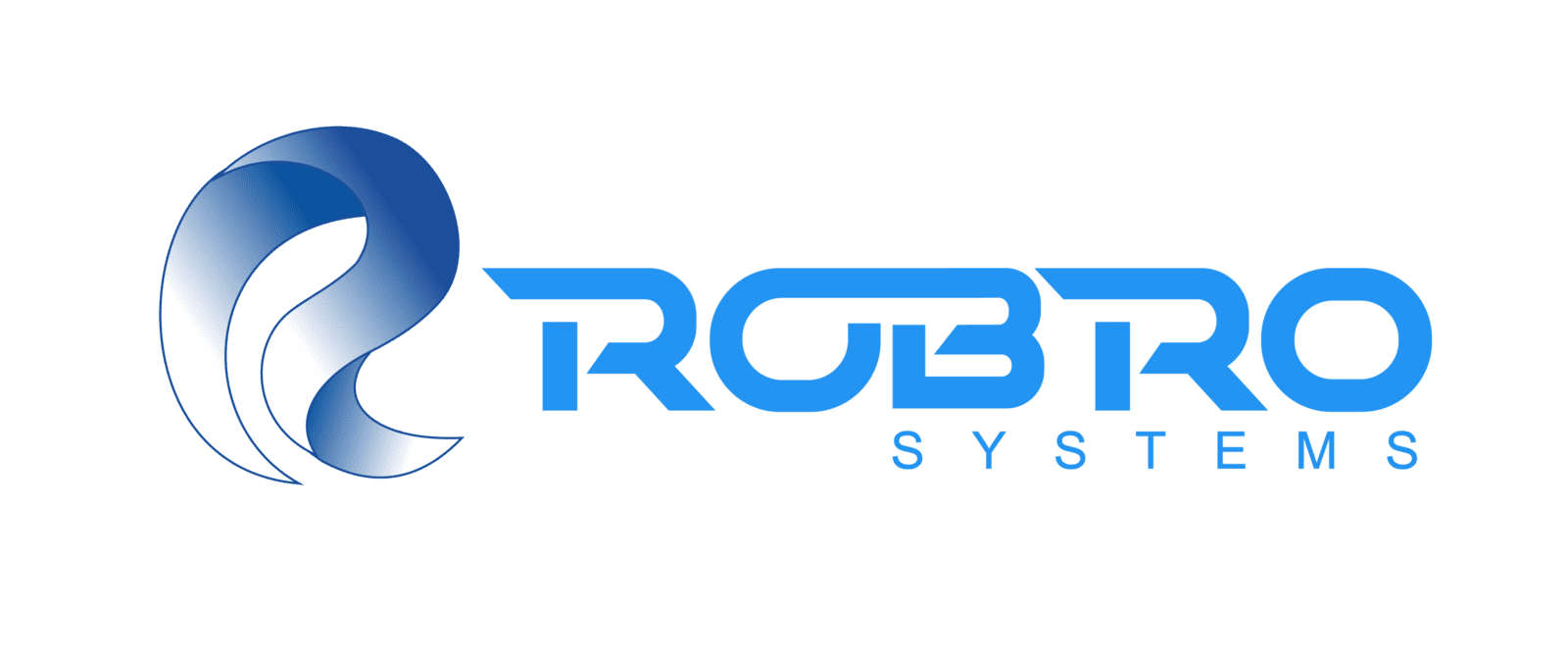
Key Features
Hyper-spectral imaging (HSI) captures detailed spectral data across a wide range of wavelengths, allowing for precise material analysis in industrial settings.
Unlike standard cameras, HSI can detect subtle differences in materials, making it ideal for quality control in industries such as textiles, pharmaceuticals, and food processing.
HSI is non-destructive, meaning it can inspect high-value or delicate items without contact or alteration, preserving their integrity.
Integrating HSI with automation systems enables real-time analysis and rapid decision-making, reducing the need for manual intervention.
Robro Systems’ Kiara Vision AI leverages HSI for advanced web inspection, detecting defects like uneven coatings and fiber misalignments in technical textiles, leading to improved quality and reduced waste.
Real-world applications of HSI in recycling and precision agriculture demonstrate its ability to sort materials accurately and optimize resource use, achieving classification accuracies over 95% in some cases.
Implementing HSI can yield significant cost savings over time by reducing defects, minimizing waste, and improving the efficiency of production lines.
Despite the initial investment and integration challenges, the long-term benefits of HSI, such as enhanced quality control and operational efficiency, make it a valuable addition to modern industrial automation systems.
What Is Hyper-spectral Imaging?
How Does Hyper-spectral Imaging Work?
The core of hyperspectral imaging involves breaking down light into its constituent wavelengths. When a hyperspectral camera scans an object, it captures data from across the electromagnetic spectrum—often ranging from visible to near-infrared light. These data points are then compiled into a detailed spectral image.
This image is analyzed using specialized software that identifies different materials or detects variations that may signify defects. The result is a rich dataset that provides insights into the composition and condition of objects that would be impossible to discern with the naked eye or traditional cameras. This data can be fed into automated control systems, enabling real-time decision-making and action.
Key Applications of Hyper-spectral Imaging in Industrial Automation
1) Quality Control in Manufacturing
Maintaining consistent product quality is crucial in industries like pharmaceuticals, food and beverages, and textiles. Hyper-spectral imaging identifies contamination, ensuring that only products meeting exact specifications make it to market. For example, hyper-spectral imaging can detect foreign objects in food processing lines or identify impurities in pharmaceutical production.
Example: Robro Systems' Kiara Vision AI utilizes HSI technology in its web inspection system, detecting defects such as uneven coatings and fiber misalignment in technical textiles. This capability allows manufacturers to reduce waste and improve product quality, leading to greater customer satisfaction and cost savings.
2) Material Sorting and Recycling
HSI's ability to differentiate between materials makes it an ideal tool for automated sorting processes. In the recycling industry, for example, HSI systems can identify and separate different types of plastics, metals, and other materials, increasing the efficiency and accuracy of sorting. This helps reduce contamination in recycled materials, leading to higher-quality recycled products and more sustainable operations.
A study published in Science Direct highlighted the use of hyper-spectral imaging for sorting different plastic types, achieving a classification accuracy ofover 95%. This level of precision allows companies to improve their recycling rates and minimize waste.
3) Precision Agriculture
In the agricultural sector, HSI enables precision monitoring of crops and soil conditions. By analyzing spectral data, HSI can detect plant health issues, nutrient deficiencies, and water stress levels before they become visible. This empowers farmers to make data-driven irrigation, fertilization, and pest control decisions, leading to increased crop yields and reduced resource use.
In a 2022 trial conducted by an agritech company in California, hyper-spectral imaging was used to monitor vineyard health, leading to a 20% increase in grape yields by optimizing water and fertilizer application.
4) Defect Detection in High-Value Components
The Advantages of Hyper-spectral Imaging in Automation
Non-Destructive Testing (NDT): Unlike other inspection methods, HSI does not require contact with the material or its alteration, making it ideal for delicate or high-value items.
Increased Accuracy: HSI provides detailed spectral data that enhances the accuracy of material identification and defect detection, surpassing traditional vision systems.
Real-Time Analysis: Integrating HSI with automated systems enables real-time decision-making, allowing manufacturers to immediately address defects or material inconsistencies.
Enhanced Efficiency: By automating the detection and sorting process, HSI reduces the need for manual inspections, significantly speeding up production lines.
Cost Savings: While the initial investment in HSI technology can be significant, the long-term savings from reduced waste, improved product quality, and lower labor costs make it a worthwhile investment for many industries.
Challenges and Considerations
While hyper-spectral imaging holds immense promise, it also comes with certain challenges. The high cost of hyper-spectral cameras and the complexity of data interpretation are common concerns. Integrating HSI into existing automation frameworks requirestechnicalexpertise and tailored solutions. However, with the right guidance and investment, companies can overcome these hurdles and harness this technology's full potential.
Conclusion
Hyperspectral imaging represents a significant leap forward in industrial automation, offering unparalleled insights into the materials and processes that drive production. By leveraging the power of HSI, companies can enhance quality control, streamline sorting processes, and gain a competitive edge in a demanding market. As industries continue to innovate, those that adopt advanced technologies like HSI will be better positioned to meet the challenges of tomorrow.
Discover how Robro Systems' KWIS (Kiara Web Inspection System) can transform your production line with cutting-edge hyper-spectral imaging technology. Our solutions are designed to boost efficiency, reduce waste, and ensure precision in every inspection. Reach out to Robro Systems today to see how we can tailor our KWIS solutions to your specific needs and elevate your automation game.

